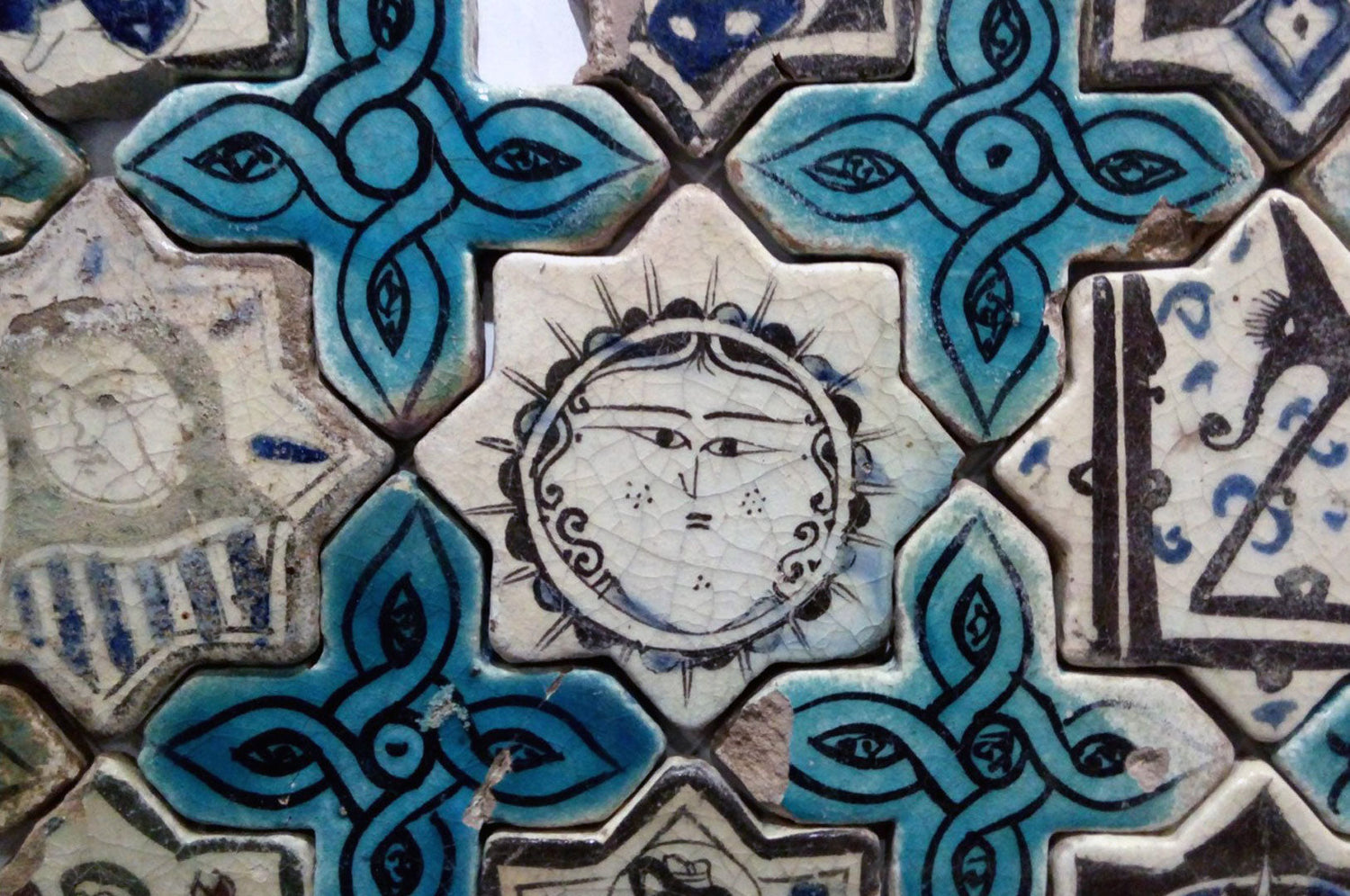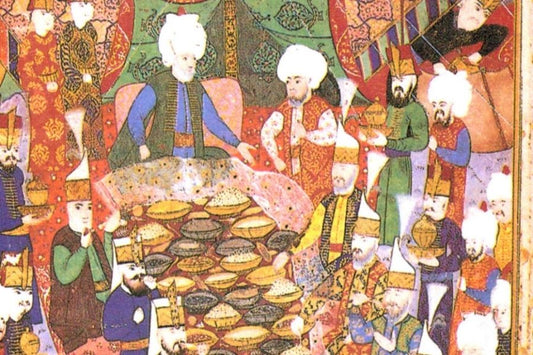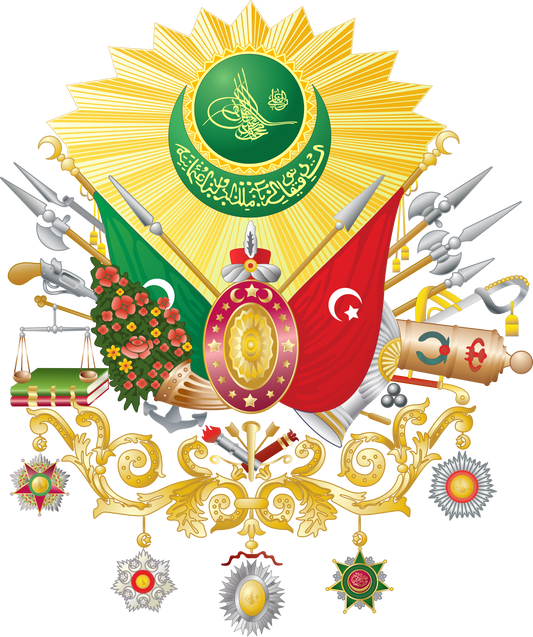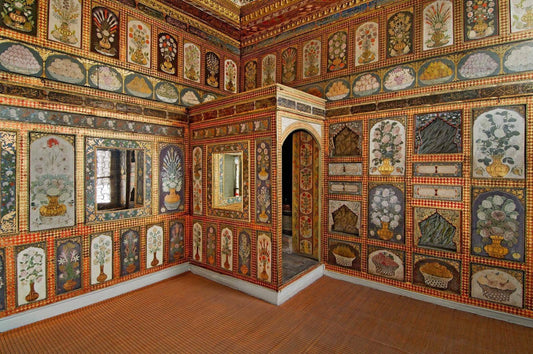A profound belief extending from ancient civilizations to the Ottoman Empire: The sun was not only a source of light for humanity, but also a symbol of power, abundance, and protection. This ancient sun motif, represented by radial motifs, has found its place in many fields, from art to architecture, for centuries. In this article, we examine the sun motif's journey of meaning and its impressive reflections in various civilizations.
The Origins of Sun Respect
Humankind has shown more respect for the sun, the source of life-giving light and warmth, than for any other celestial force. The sun was considered a god, protector, and ruler of the entire universe. For societies living in arable lands, particularly those that established great civilizations, the sun symbolized fertility, and a sun god or goddess was deeply revered. Because it followed a specific path across the sky, the sun, which saw everything, was also considered a representative of truth and justice in Mesopotamia and Anatolia.
Sun Symbolism in Mesopotamia and Anatolia
Solar symbolism held a significant place in Mesopotamian and Anatolian civilizations. The sun god was a symbol of justice and righteousness. The sun was considered a king, believed to be descended from the kings who ruled the earth. For this reason, the Hittite kings were called "My Sun," and the winged sun disk was adopted as a symbol of kingship. These sacred figures, worshipped in primitive cultures, were represented by concrete objects or signs, and over time, visual symbols emerged.
Sun Symbols in Ancient Times
Solar symbolism was widespread in ancient Greek and Roman art; the sun was depicted as a disc or as a face with rays emanating from it. The depiction of the sun with a human face, as a symbol of the sun, symbolizes the emperor's integration with the source of power and rule in depictions of emperors.
The Relationship Between the Planets and the Sun in the Islamic World
Ancient cultures believed in a pantheon within the celestial sphere and recognized a chief deity. In the Islamic world, astrologers viewed the sun as the sultan of the sky and considered the other planets to be its court. According to this belief in planet-zodiac sign relationships, the moon was the sun's vizier, Mercury its scribe, Venus its instrumentalist, Mars its military commander, Jupiter its judge, and Saturn its treasurer. The sun rules the zodiac sign Leo in astrology, and the tradition of using the lion and the sun together, emphasizing the planet-zodiac conjunction, dates back to the ancient cultures of Mesopotamia and Iran.
The Sun and Lion Figure in Seljuk Culture
During the Seljuk period, the sun and lion figures frequently appeared in metal and ceramic works depicting the seven planets and twelve zodiac signs. In Seljuk works in Iran, the sun rises above a lion in a semicircular shape, while in stone ornaments, particularly in Artuqid architecture and on Anatolian Seljuk coins, the sun is fully circular. The lion-sun relief on the coins of the Anatolian Seljuk Sultan Ghiyaseddin Keyhüsrev II and on the İncir Han portal is a coat of arms symbolizing the sultan's power and victory. In the works of Ibn Bibi, the sultan is also likened to the sun and the lion, a hero who illuminates the world and gives life to all things.
The Sun Motif in the Ottoman Period
During the Ottoman period, historians, poets, and scientists likened the sultan to the sun, whose might illuminates the earth. This analogy found its way into visual arts in the 19th century with the radial motif of the "Sun of Mahmud," a symbol of the reforms implemented by Sultan Mahmud II. These Ottoman sun depictions, heavily influenced by Baroque elements, were used not only in the imperial coat of arms but also in numerous works, from book covers to architecture.
Traces of the Sun in Turkish Decorative Arts
Sun symbolism and moon motifs hold a prominent place in Turkish culture. Silk fabrics woven in the second half of the 16th century created rich compositions with sun-shaped medallions, crescents, stars, and the Seal of Solomon motifs. In the 17th century, multi-armed sun motifs appear at the center of chambray pillowcases. These stylized floral forms, radiating from a single center in ceramics and metalwork, found their way into decorative art as an expression of the sun's value.
Contemporary Reflections of Radial Motifs
Radial motifs, which have endured from the past to the present, retain their value today thanks to their intercultural influence and the profound meaning they add to art. Sun and moon motifs, used in many branches of art since the Seljuk and Ottoman periods, are revitalized in İznik Blue Tile's modern tile designs. Inspired by the tiles of Kubadabad Palace, a historical landmark in Turkey, our Seljuk Period Sun Motif Tile and Seljuk Period Moon Motif Tile designs bring these ancient touches to your home. Purchase these special tiles to bring the elegance of the past to today's living spaces.




